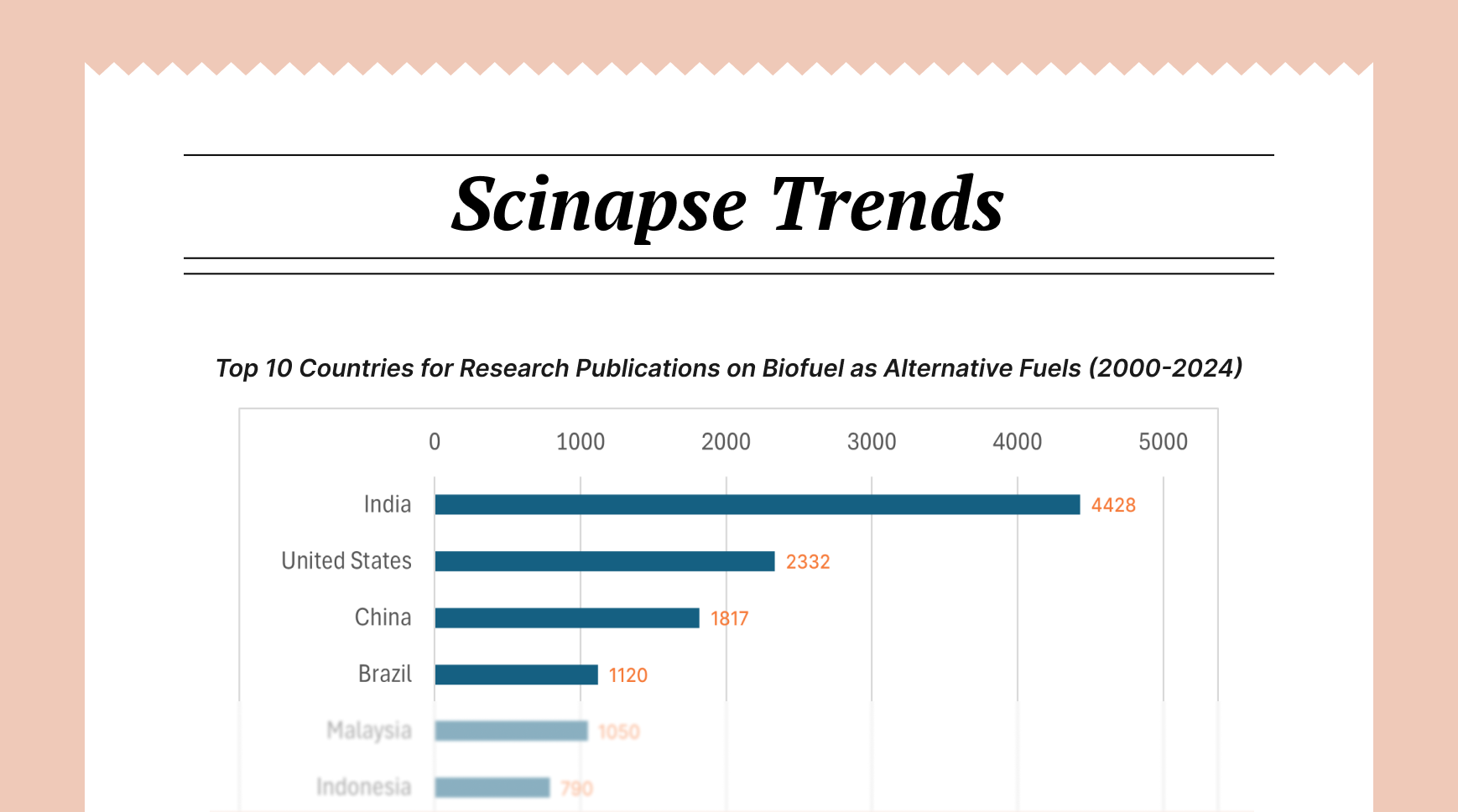How to Structure a Literature Review for Biomedical Research

Writing a literature review for biomedical research can be challenging, given the vast amount of data and the need for scientific rigor. An effective literature review not only synthesizes existing studies but also identifies gaps and highlights significant findings. A well-structured review is essential for making your research meaningful and accessible. In this guide, we will explore the best practices for structuring a literature review in the field of biomedical research.

Why the Structure of Literature Review Matters
Structuring a literature review properly is crucial for several reasons:
- Clarity: A clear structure helps readers understand the main arguments and findings.
- Coherence: Logical flow ensures that related concepts are connected seamlessly.
- Comprehensiveness: Proper structure allows you to cover a wide range of studies without being disjointed.
- Scientific Rigor: Following a structured approach reflects the systematic nature of biomedical research.
Key Components of a Biomedical Literature Review
A literature review in biomedical research typically follows a structured format to ensure scientific accuracy and coherence. Here are the essential components:
1. Title and Abstract
- The title should indicate the topic and scope of the review.
- The abstract should provide a concise summary, including the purpose, methods, main findings, and conclusions.
2. Introduction
- Start with the background: Why is the topic important in biomedical research?
- Clearly state the research question or objective of the review.
- Provide an overview of the review structure.
3. Methodology
- Describe the search strategy: databases used, keywords, and inclusion/exclusion criteria.
- Mention the data extraction methods and quality assessment tools.
- Justify the choice of studies included.
4. Thematic or Chronological Organization
Biomedical literature reviews can be structured in two primary ways:
- Thematic Structure: Organizes findings by topics or themes, useful when addressing diverse subtopics within a field.
- Chronological Structure: Arranges studies based on publication date, highlighting the evolution of the research topic.
5. Main Body
- Divide the content into subsections based on themes or time periods.
- Summarize the findings and critically evaluate the studies.
- Highlight key debates, methodological limitations, and inconsistencies.
- Use tables and charts to present data where appropriate.
6. Discussion
- Interpret the findings in relation to the research question.
- Discuss the implications of major trends or gaps identified.
- Address the limitations of the reviewed studies.
- Suggest future research directions.
7. Conclusion
- Summarize the key insights and their significance.
- Reinforce the importance of addressing identified research gaps.
8. References
- List all cited studies in a consistent format (e.g., APA, AMA).
- Ensure that sources are up-to-date and relevant.
Tips for Writing an Effective Biomedical Literature Review
- Use a Consistent Format: Follow the guidelines specified by your institution or the target journal.
- Maintain Scientific Rigor: Be objective and critical when evaluating studies.
- Stay Relevant: Focus on the most impactful and recent studies.
- Synthesize, Don’t Summarize: Combine findings to draw meaningful conclusions rather than merely listing studies.
Common Mistakes to Avoid
- Overloading with Data: Stick to key studies to avoid overwhelming the reader.
- Lack of Critical Analysis: Go beyond summarizing—critically assess methodologies and results.
- Poor Organization: Use subheadings and structured sections to maintain clarity.
- Ignoring Contradictions: Address conflicting results rather than omitting them.
Conclusion
Structuring a literature review in biomedical research requires careful planning and critical thinking. By following a clear structure, you ensure that your review is not only comprehensive but also coherent and scientifically robust. Applying these principles will help you produce a high-quality review that makes a valuable contribution to biomedical literature.
Author: Uttkarsha B
- AI-Ethicist and STM Research & Publishing Expert
Never re-search again.
Scinapse is made by researchers for researchers.
Join the next generation of research at ⏯️ https://scinapse.io/
Pluto Labs
Pluto Labs helps researchers focus on their research by improving several inefficiencies in the academic research process. We offer data-driven insights from academic papers, allowing users to easily obtain review-level results for their desired range of papers.
https://pluto.im/





Comments ()